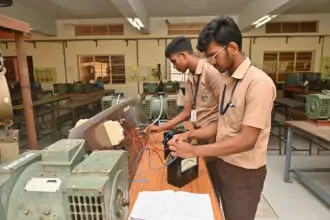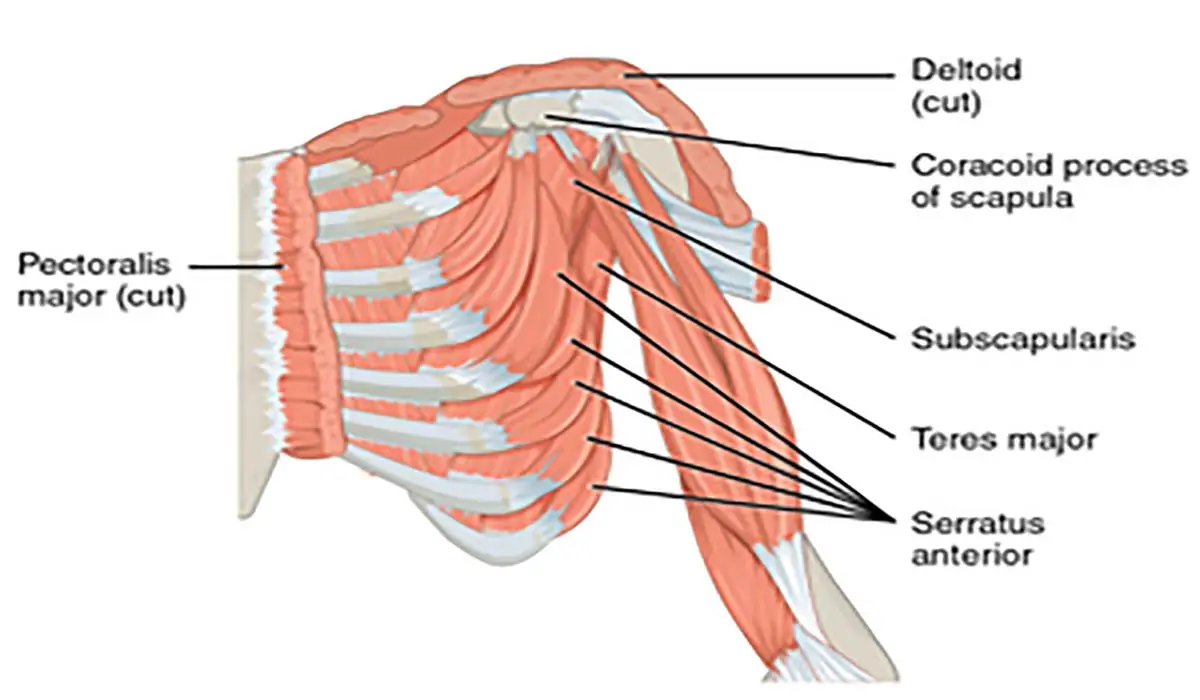Coracoid Process
The coracoid process is a small knob of bone at the top of the scapula or shoulder blade. It extends outward from the top of the back of the shoulder blade, and pokes out underneath the clavicle or collarbone on the front of the shoulder. When the word process is used to describe parts of bones, it means something that sticks out. The word coracoid comes from the Greek words corax, which means crow or raven, and eidos, which means form.
It was given that name because the projecting end of the coracoid process looks a bit like the beak of a bird. Shoulder injuries are fairly common especially on the athletic field. Injuries like shoulder dislocations and fractures of the collarbone rarely involve the coracoid process itself. It can be fractured if the shoulder hits a solid object, but the collision would have to involve a great deal of force.
Read more…
Exploring the Paracolic Gutter: An Essential Anatomy in Abdominal Health
An example of the kind of force it would take would be a vehicle collision, where the victim is thrown out of the vehicle and hits a wall or bridge abutment. Pain in the shoulder is often a result of muscle problems. There are several sets of muscles that are involved in moving the shoulders and arms. The deltoid muscle A thick muscle involved in lifting the arm completely covers the coracoid process in the front of the shoulder.

Below that is the pectoralis minor muscle, which is the muscle used to move the shoulder forward in a shrug. It is attached to the coracoid process and extends to the third, fourth, and fifth ribs. Any of these muscles can be injured in a number of ways, including overuse, especially when it involves repetitious activities.
A common problem that causes shoulder pain is frozen shoulder, which occurs when the connective tissues that cover the glenohumeral joint or shoulder joint become thickened and tight. Shoulder pain can also be caused by a rotator cuff injury, which involves the muscles that attach the humerus or arm bone to the clavicle. These problems occur near the coracoid process, but do not actually involve it.
Coracoid impingement syndrome is an unusual condition where the coracoid process sticks out. So far that it rubs against the lesser tuberosity, the upper part of the arm, where it fits into the shoulder joint. A person with coracoid impingement syndrome most likely will feel pain and tenderness in the area underneath the collarbone, near the shoulder joint. They may hear a clicking noise when they move the shoulder forward. This syndrome usually is only diagnosed after other, more common causes of shoulder pain are ruled out. It typically can be cured by surgically removing the tip of the process.
Faq (Frequently Ask Question)Of Coracoid Process!
How to palpate coracoid process?
To palpate the coracoid process, begin by marking laterally to identify the location of the clavicle and the acromion process. Then, stroke downward between the deltoid and clavicular heads of the pectoralis major muscles. Apply gentle pressure to feel the bony prominence, which should extend anteriorly and slightly inferiorly. Confirm its position by comparing it with the opposite shoulder. Pay attention to any tenderness or abnormalities.
What muscles attach to the coracoid process?
Several muscles attach to the coracoid process, making it an essential site for muscle attachment and movement of the shoulder complex. These muscles include the small head of the biceps brachii, the coracobrachialis, and the pectoralis minor. The short head of the biceps brachii originates from the coracoid process, which contributes to elbow flexion and shoulder stability. The coracobrachialis arises from the coracoid process, assisting in shoulder flexion and adduction. In addition, the pectoralis minor arises from the coracoid process, which assists in extension and depression of the shoulder. These muscles play an important role in shoulder stability, mobility and various upper limb movements.






